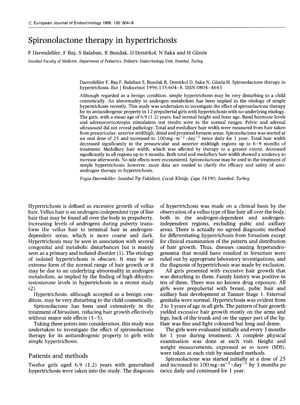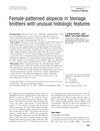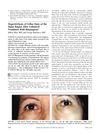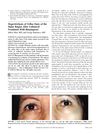Spironolactone Therapy in Hypertrichosis
November 1996
in “
European journal of endocrinology
”

TLDR Spironolactone may help treat excessive hair growth in girls, but more research is needed.
In a study conducted in 1996, 12 prepubertal girls with an average age of 6.9 years who had hypertrichosis without an underlying etiology were treated with spironolactone to explore its antiandrogenic effects on this condition. The girls had normal height, bone age, hormone levels, and adrenocorticotropin stimulation test results, and no pathologies were found on pelvic and adrenal ultrasound. Hair width measurements were taken from various body regions before and during treatment. Spironolactone was administered orally, starting at 25 mg and increasing to 100 mg·m^−2·day^−1 twice daily for one year. The treatment led to a significant decrease in total hair width in the preauricular and anterior midthigh regions after 6–9 months, and medullary hair width decreased significantly in all regions within 6 months. However, hair width began to increase after this period. No side effects were reported. The study concluded that spironolactone might be effective for treating simple hypertrichosis, but more research is needed to confirm the efficacy and safety of anti-androgen therapy for this condition.




